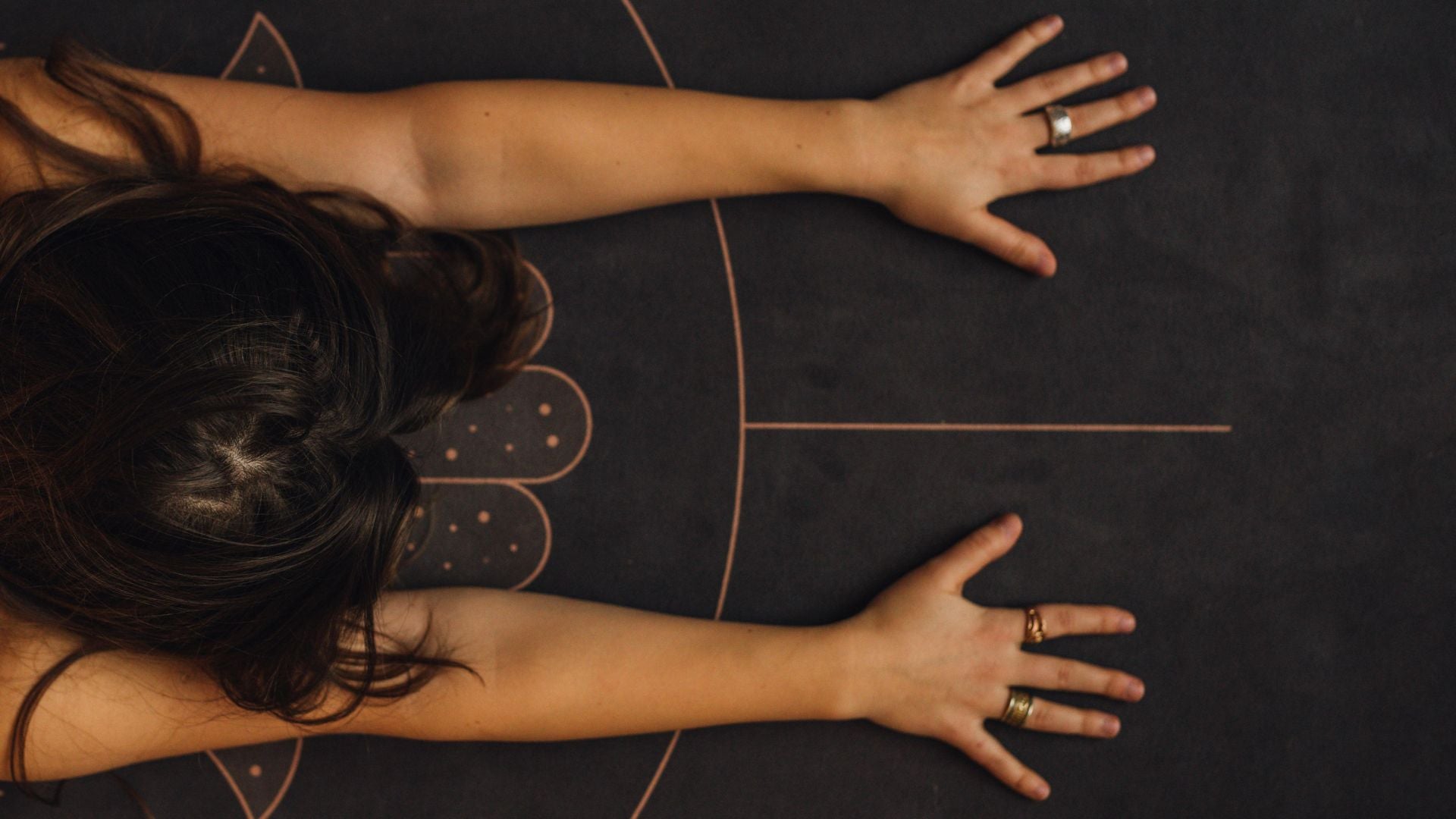
"Plank. Chaturanga. Downward-Facing Dog. Crow. Handstand. What do all of these very different yoga poses have in common? Each of them requires wrist extension, in which the backs of the hands are drawn toward the forearms as if you're signalling "Stop!" We constantly extend and bear weight on extended wrists in yoga, particularly in vinyasa classes. The aching you might feel in your wrists after leaving class? That's often the result of overworking the wrist extensors."
"As if all that wrist extension isn't challenging enough, we almost never balance it with wrist flexion in yoga. Wrist flexion is when the palms are drawn toward the inner forearms. Think of revving a motorcycle. Standing Forward Bend with the palms underneath the feet (Padahastasana) is one of very few yoga postures that includes wrist flexion. Even so, the passive wrist stretch of the pose seems secondary to the stretch along the hamstrings and low back."
"Over time, extending the wrists more than flexing them can lead to imbalanced muscle strength and limited mobility-not to mention the short-term effects including aches and pains on the mat. Even if you take wrist-friendly variations (such as Dolphin instead of Down Dog), you don't necessarily want to avoid wrist extension altogether. The goal is to be able to move the wrists to their fullest extent in any direction without discomfort. That's where wrist flexion stretches can change the game."
Many common yoga poses require wrist extension and repeatedly bear weight on extended wrists. Overuse of wrist extensors often causes aching after class. Yoga rarely balances extension with wrist flexion, so the palms-to-inner-forearms movement is infrequently practiced. Standing Forward Bend (Padahastasana) is one of the few postures that includes wrist flexion, but its wrist effect is often secondary. Chronic overextension relative to flexion can produce muscular imbalances, limited mobility, and short-term aches and pains. Wrist-friendly variations reduce strain but do not eliminate the need for balanced mobility. Regular wrist flexion stretches restore range, reduce discomfort, and prepare wrists for weight-bearing poses.
Read at Yoga Journal
Unable to calculate read time
Collection
[
|
...
]